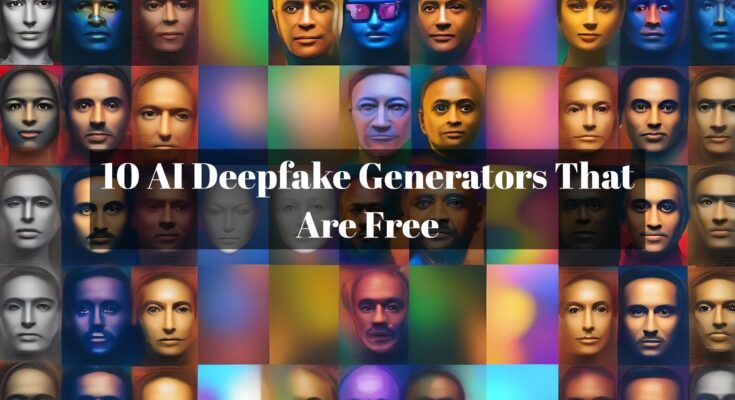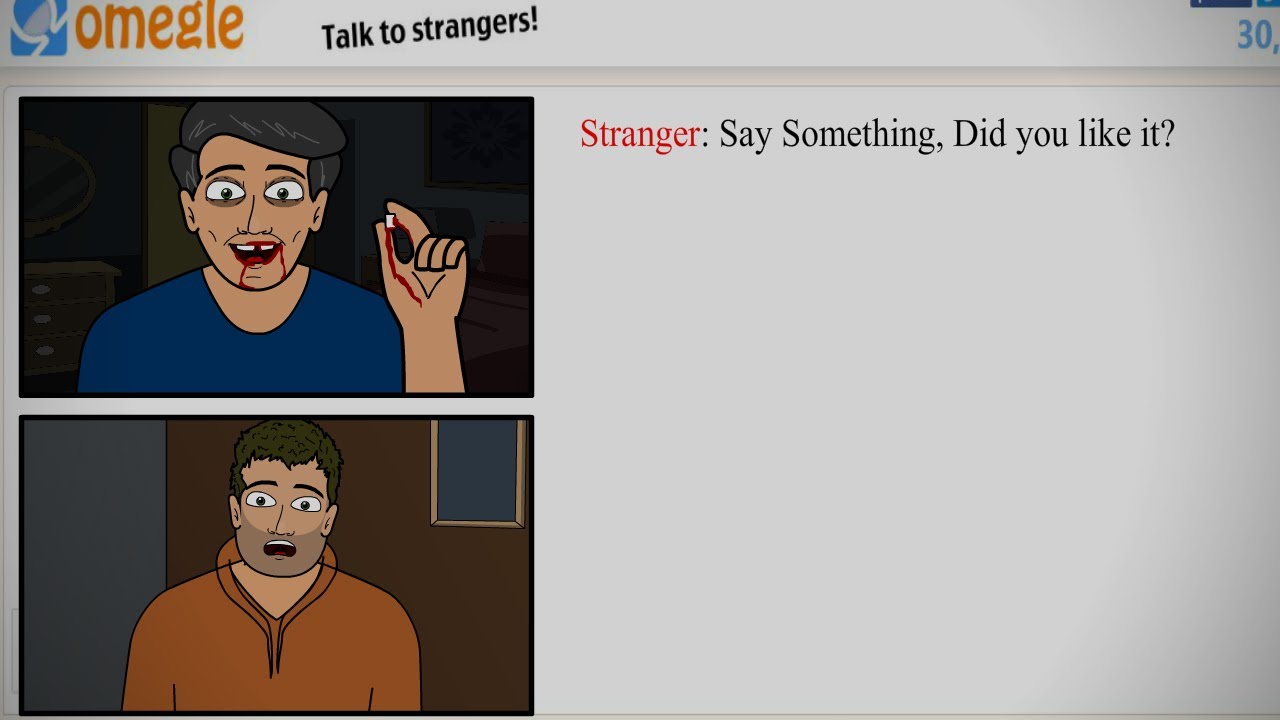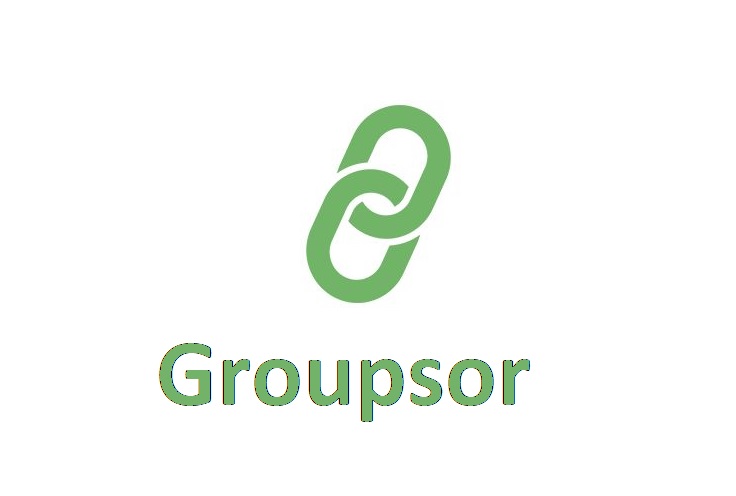Just think about it: a world where reality is no longer considered as an unquestionable thing. The line between truth and fiction will become even more blurred than it currently is. So, what are we talking about? AI deepfake generators!
These powerful machines can create videos or pictures which look absolutely real but, in fact, they are not at all. They change faces and voices with stunning accuracy. These best free AI deepfake generators have completely changed the way people see media—now everything could be true or false.
10 of the World’s Best AI Deepfake Generators
With technology moving forward so fast these days, many worry this could lead us into some kind of “Black Mirror” episode where no one knows what’s really going on around them anymore because it could all be fake news created by someone using an app on their phone.
Come with me as I take you through this incredible journey of discovery into the world of artificial intelligence (AI) deepfakes and their impact on our digital landscape.
1. Hoodem

Hoodem is a sophisticated deepfake generator that has recently been making waves in the digital manipulation world. This software allows users to create extremely convincing videos and images by switching faces and voices with an unbelievable level of smoothness, thanks to its state-of-the-art technology.
However, there are some issues surrounding this powerful tool, mainly around privacy and security concerns, because anyone can use it easily without having any technical know-how required.
What makes Hoodem different from other deepfake generators is its simplicity; it was designed with user-friendliness in mind so that even those without much technical expertise could still create highly believable fake media using this platform alone.
This presents a problem when it comes to distinguishing between what’s real and what isn’t anymore: if such realistic fakes can be created so easily, then how do we tell apart manipulated content from authentic ones?
As these machines keep getting smarter day by day while also becoming more accessible than ever before, therefore posing risks too great for any individual or institution not being alert enough about their capabilities, people need to be constantly on guard as well as educated concerning the dangers associated with sophisticated tools like these.
2. There’s An AI For That (TAAFT)

The deepfake generator of TAAFT is changing synthetic media as we know it by giving individuals a more advanced tool that creates extremely realistic videos for many different purposes.
TAAFT employs state-of-the-art AI technology to allow users to swap faces in videos seamlessly, overlay expressions and emotions onto them, or even alter speech patterns with astonishing precision.
This mighty instrument not only sets foot into fields like the amusement industry, commercial advertisement sector, or protection services area, but at the same time also brings up some ethical issues that concern misuse as well as manipulation of the contents themselves.
One crucial aspect of this deepfake generator is how it can produce visuals so convincing that they often cannot be distinguished from reality. The complex algorithms used here optimize facial features and movements, thereby achieving perfect continuity between input material and manipulated output.
Still, when easy-to-use accessibility increases alongside democratization within deepfakes’ community, people need to learn critical thinking towards everything received via any digital media outlet. The artificial intelligence abilities exhibited by TAAFT represent a huge leap forward on the part of machine learning systems; hence, they should remind us all about the necessity of responsible employment thereof in an ever-changing world driven by technology.
3. Deepfakesweb
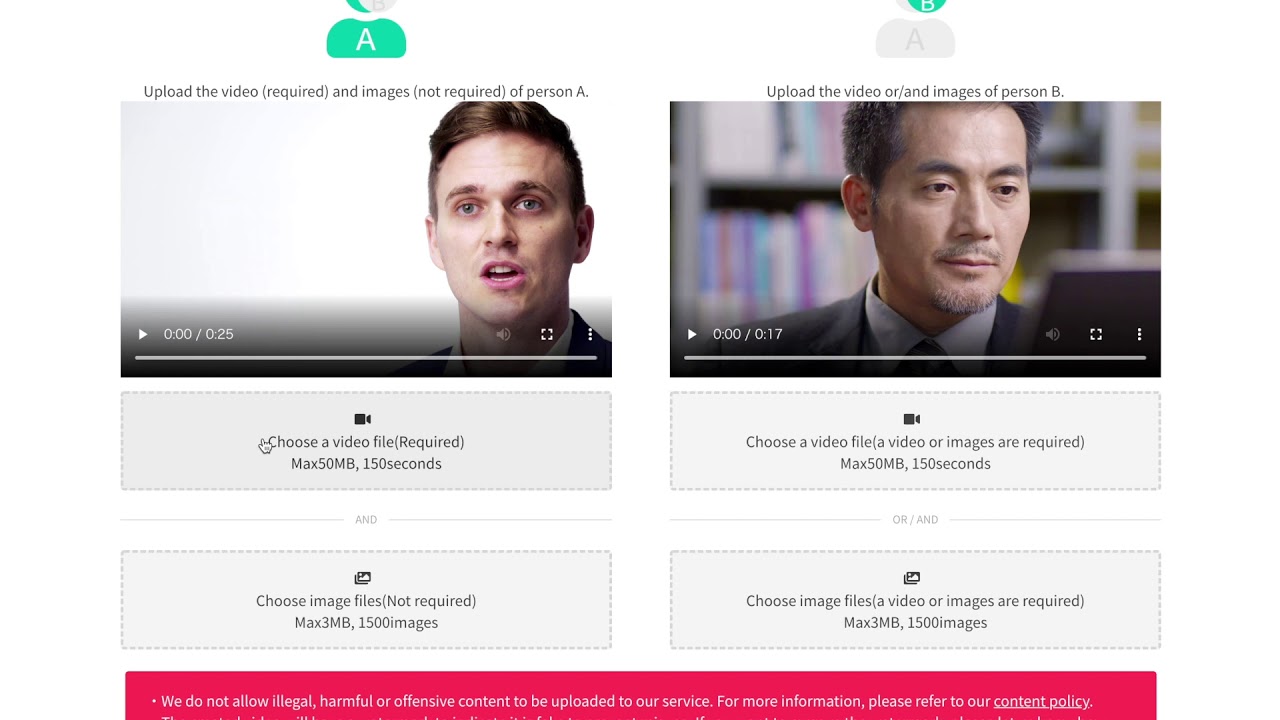
Deepfakesweb is an AI-powered app for face swapping that has been creating ripples in the digital manipulation world. It is a deepfake generator that replaces faces on images and videos with another using sophisticated algorithms, resulting in very realistic outcomes.
What makes it different from other apps of its kind is its simplicity in design and high precision levels, where even a not-so-skilled user can make believable fakes effortlessly. The rise of this technology also brought about fears about misuse cases over time.
Deepfakesweb highlights well the potential and implications of these tools. Although they may be used for harmless fun, ethical questions should arise whenever one utilizes any deepfake generator, such as DeepfakesWeb. People should be more careful while making or sharing their fake videos as much as possible because the more we advance in this field, so does our responsibility towards it too.
4. Wavel AI

Wavel AI is a cutting-edge fake video maker that has recently come to the forefront of AI and video editing. This advanced program is able to create incredibly realistic videos by using complex machine learning algorithms to blend people’s faces with other bodies’ seamlessly.
These videos are so realistic that it is impossible for most people to tell they have been edited at all. Wavel AI excels at making believable fakes quickly, among other deepfake generators that have gained popularity in the past few years.
The user-friendly interface offered by Wavel AI is one of its standout features, which allows even inexperienced editors to produce professional-looking deepfakes within minutes. However, its ease of use has raised concerns about misuse, such as spreading propaganda or false information, due to its accessibility.
Nonetheless, there are also possible benefits that may be derived from wavel AI in fields like film production and digital marketing, where it could be used for storytelling enhancement and the creation of more captivating contents that can attract viewership.
As more sophisticated methods are developed in relation to deepfakes like Wave AI, ethics become increasingly important because their impact on privacy rights, both individualistic and societal, cannot be overstated, nor should we ignore the creative potentialities inherent in them vis-à-vis pushing limits within the entertainment industry around visual narratives.
Thus, people need an understanding of safe usage practices with these tools while appreciating the ethical dimensions associated with current trends involving fabricated videos.
Thus leading towards better awareness concerning personal, private, and public spaces during this era characterized by heightened levels of technological advancements with respect to media arts production processes such as those brought about through various software like wave algorithimic systems used for generating virtual realities or augmented experiences based on real-life events happening concurrently worldwide today.
Read More: Best Fantasy Football Websites
5. HeyGen
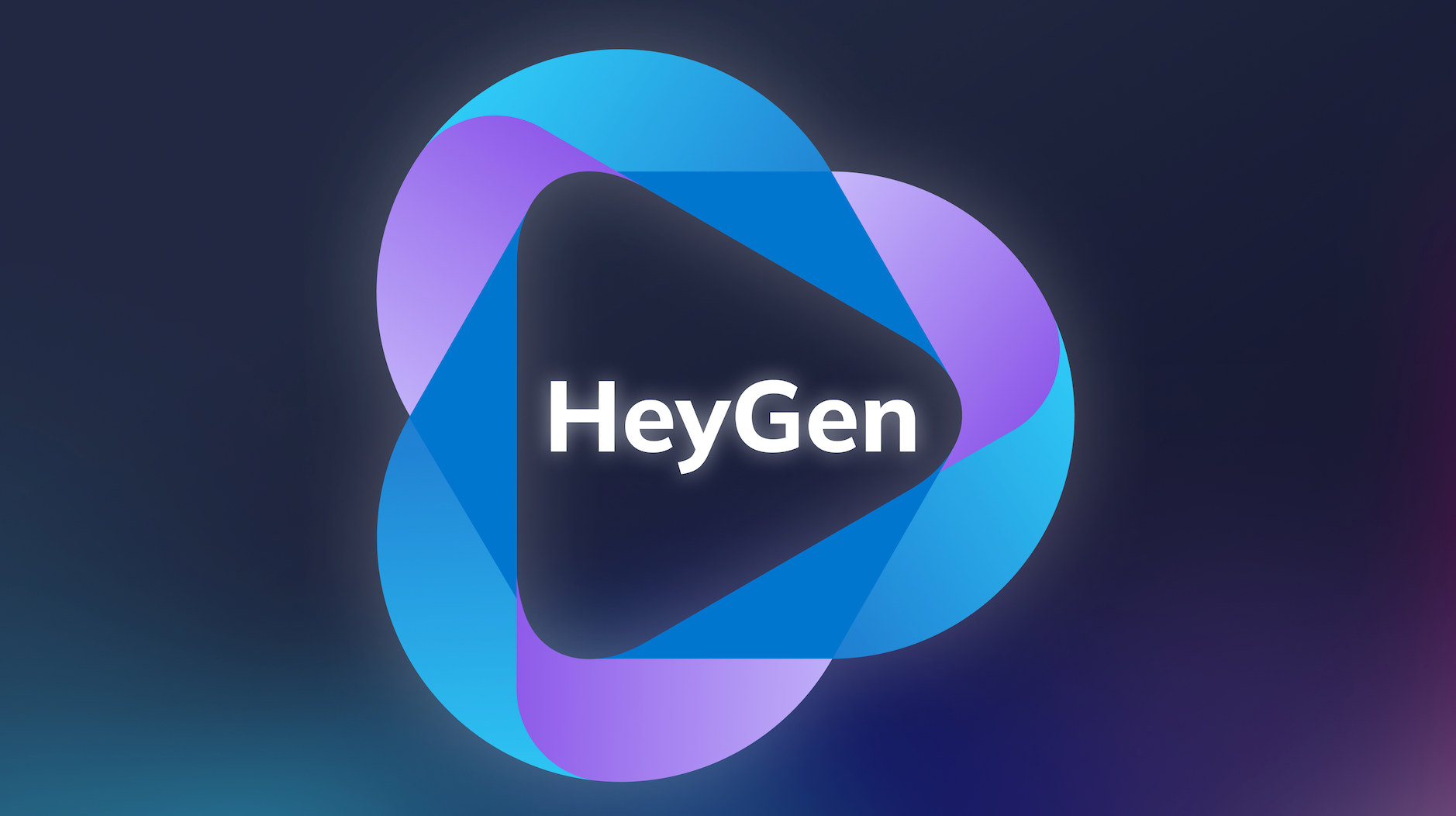
HeyGen is a state-of-the-art deepfake generator that has stunned the world with its advanced technology and lifelike results. This application is different from other similar tools in terms of its customization options, which are second to none; anyone can create an authentic-looking video or image by just clicking a few buttons.
Even inexperienced users will find it easy to work with this software because of its intuitive interface, which leads to professional-grade end products. The most impressive thing about HeyGen is the quality of its artificial facial mapping capabilities. This ensures that there are no visible seams between different body parts or background elements when faces are integrated into them.
The resulting fake content is so realistic that even experienced viewers may be fooled by it. Moreover, HeyGen updates its algorithms frequently enough to always outperform detection methods known at any given moment, thus being considered essential for everyone interested in making good-looking deepfakes for whatever reason they might have.
While people start worrying about possible wrong uses of deepfakes, HeyGen demonstrates both their creative potential and ethical concerns around them as well. Designed for ordinary individuals but packed with features useful even to industry professionals like filmmakers or researchers, who can tell what may happen next?
We live in times where user-friendly systems meet powerful functionalities; platforms such as HeyGen expand our perception boundaries, challenging reality itself through means we never thought possible before while continuing the forward march of technology
6. Deepbrain.ai
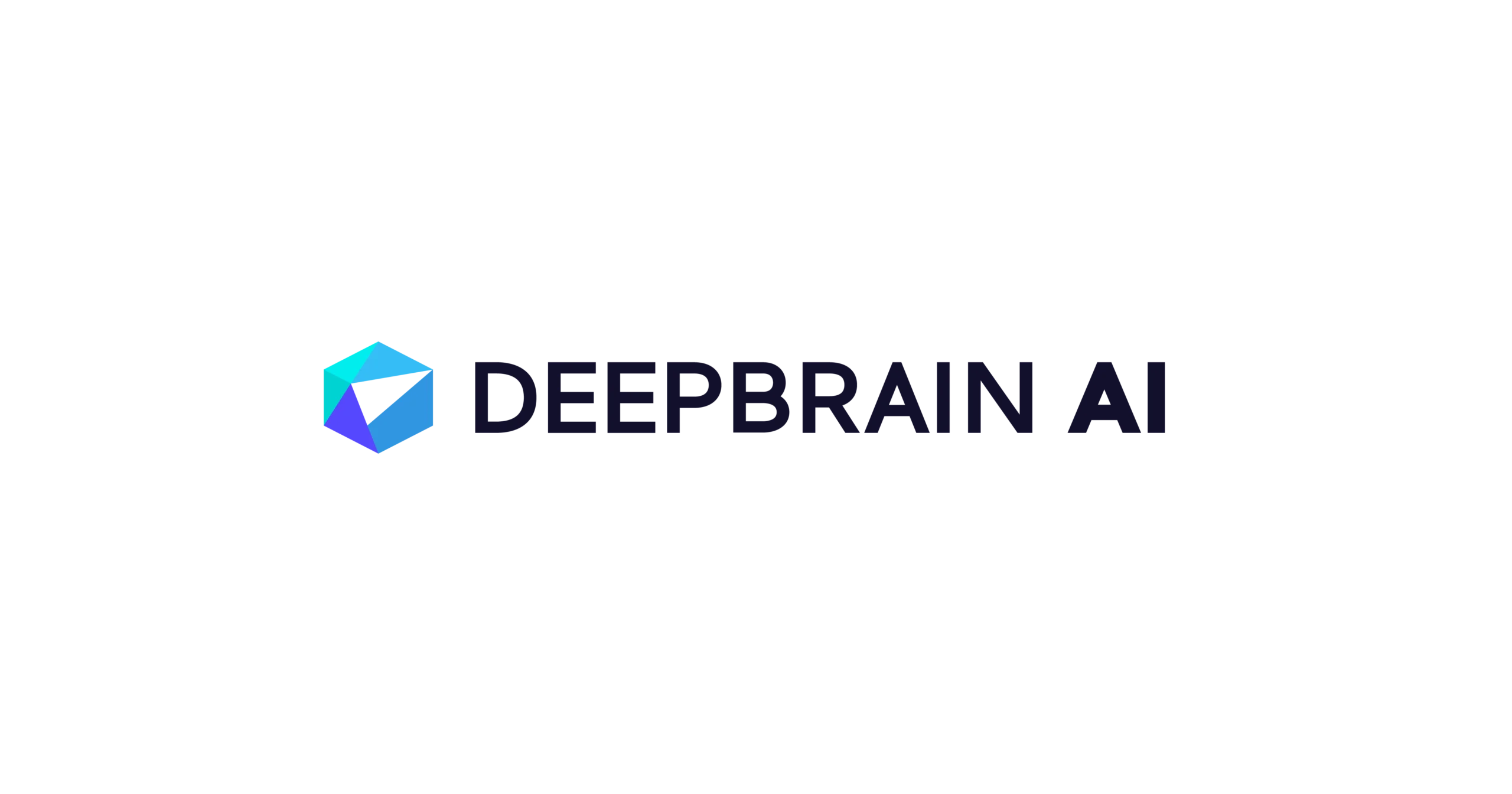
Deepbrain.ai is an advanced deepfake generator which uses complex artificial intelligence algorithms to create super-realistic fake videos. Unlike normal editing software, it can implant facial features and expressions on different people so that you can hardly tell what has been altered from what is real.
This technology has raised concerns because of its potential misuse, where it can be used to spreading misinformation or making fraudulent content. As deepfake generators such as Deepbrain.ai continue to advance and become more sophisticated, the ethical considerations surrounding their use also get complicated.
While they have opened up new opportunities for creators and filmmakers alike, these instruments still carry with them significant threats towards privacy invasion and manipulation of public opinion. Therefore, rules need to be imposed on this kind of technology, like Deepbrain.ai’s, if we want to prevent misuse and protect society from possible harm caused by them.
7. Lensa AI
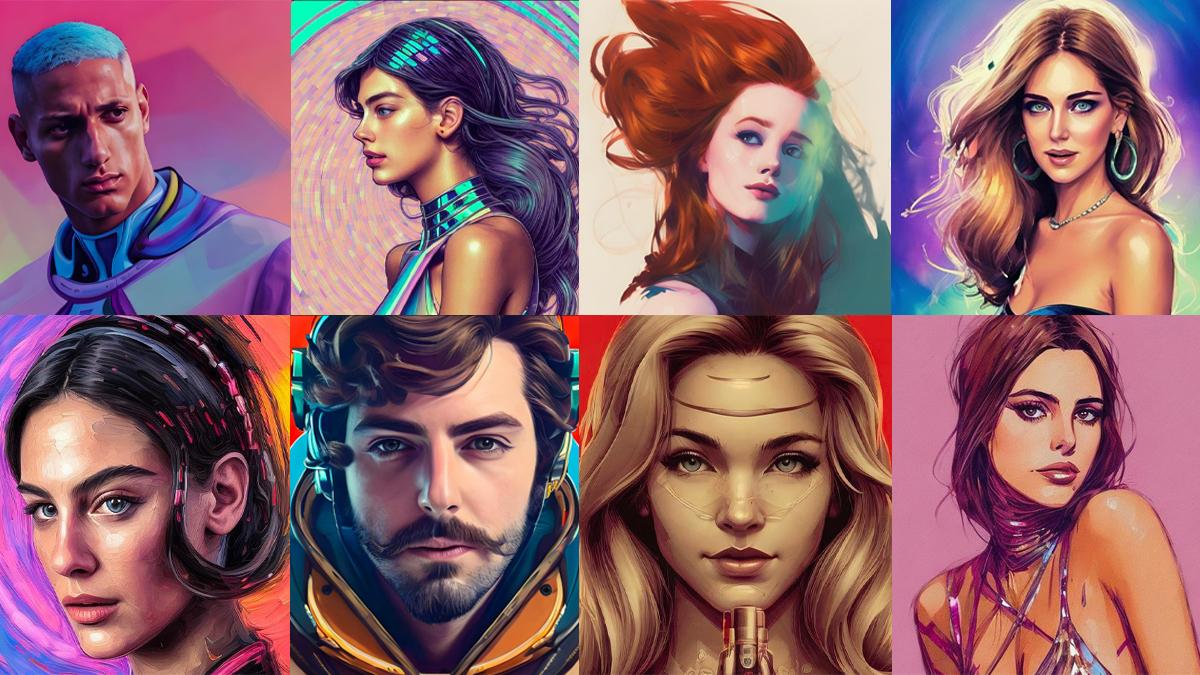
Lensa AI leads the way in deepfake technology, providing people with a potent tool to produce fake videos that are realistic and believable. Lensa AI utilizes artificial intelligence to its maximum potential, whereby it can put different faces on new bodies without detection or enhance the facial expressions to make them look more real than ever.
Such levels of advancement have brought about fears of misuse through misleading information and content forgery. One thing that makes Lensa AI stand out among other deepfake generators is its simplicity. This program has been designed with an easy-to-use interface featuring intuitive controls that can be operated by anyone, regardless of their technical skills.
As deepfakes grow more sophisticated over time, the ethics surrounding their creation become convoluted. There are many things wrong with these technologies now, but they might change later because everything changes eventually.
It’s important for people who use tools like Lensa AI to know what they’re doing so that they contribute positively towards fighting against ill practices such as fake news or malicious impersonation, which may lead others into harm’s way. In this digital age where anything can be manipulated electronically, one should always know when he or she is looking at reality and when it’s fiction.
8. Reface
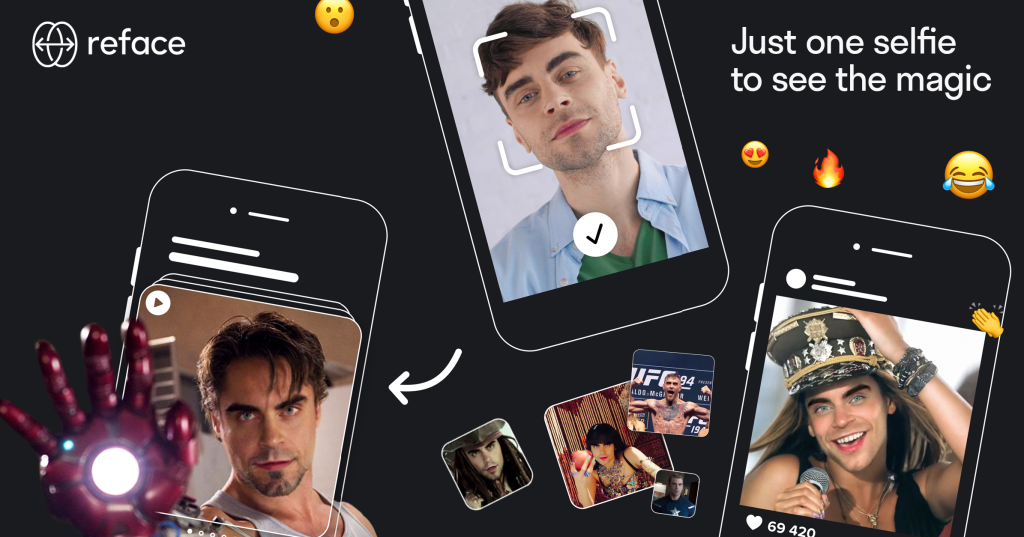
Reface is a famous generator of deepfakes that allows users to superimpose their faces onto well-known movie scenes, music videos, or other media. With the use of advanced AI technology, this application seamlessly mixes the image of the user with the target picture, resulting in realistic and often funny outcomes.
This app became popular because it is easy to handle and can produce high-quality, deep-fake videos within several simple steps. However entertaining it may be, Reface has raised some ethical questions about the misuse of deepfakes. The fact that anyone could easily create a fake video that looks genuine has led to discussions on misinformation as well as privacy concerns.
Furthermore, regulating their usage effectively presents a challenge for platforms and policymakers due to the potential harm or distortion of facts through deepfake content dissemination. Users need to bear in mind all possible implications of deepfake technology development and apply them reasonably.
Read More: Best Useless Websites Like Weave Silk
9. MyHeritage
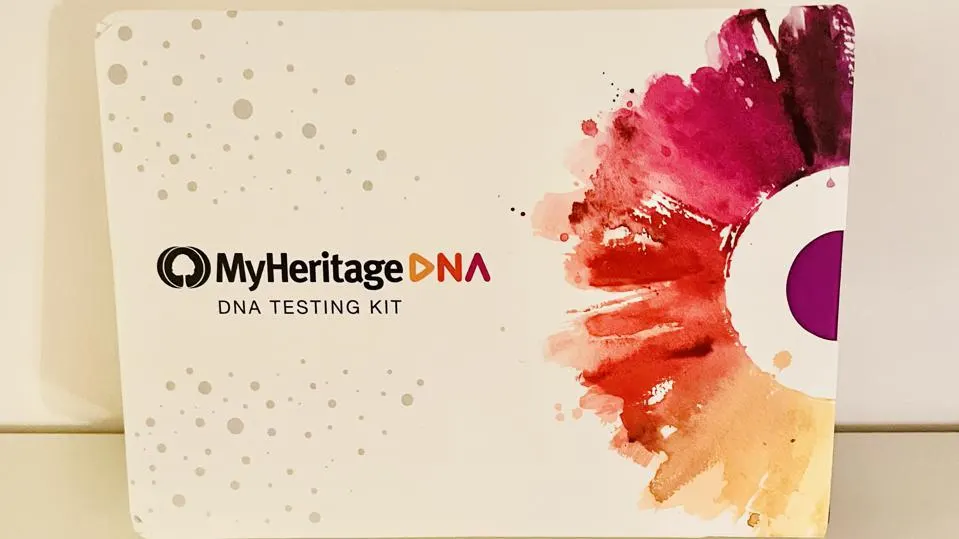
The Deepfake Generator by MyHeritage is an amazing feature that has become the talk of the town on the internet. This tool allows users to bring their ancestors’ photos to life by making them smile, frown, nod, or even wink, among other realistic expressions and movements.
MyHeritage has provided a new avenue for people to relate to their family history using technology. With this novelty called Deepfake Generator, formerly stoic great-great-grandparents can now look you in the eye and give a cheeky little smile while still maintaining eye contact throughout.
Is it morally right, though? Is it wrong to use somebody else’s image as a puppet for my own amusement? It’s all up for debate; however, what cannot be disputed is that without such daring innovations as these made possible only through deepfakes, we would never have been able to come closer to understanding our pasts better than ever before.
10. DeepFaceLab
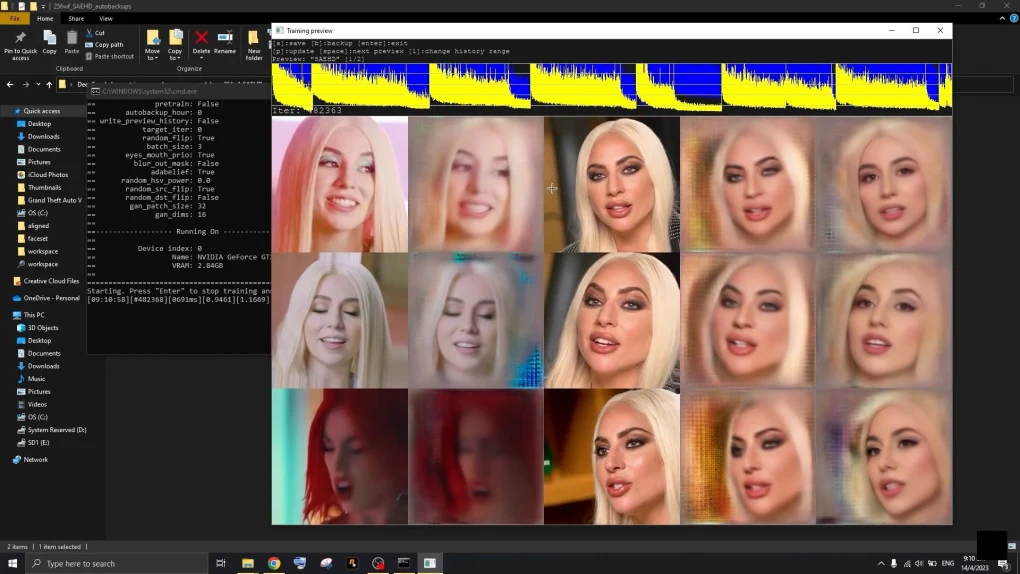
DeepFaceLab is a very powerful generator of deepfakes that creates manipulated videos that are almost indistinguishable from real ones using machine learning algorithms. The software swaps faces in existing videos so seamlessly that many fear it may be employed as a tool for spreading disinformation and generating fake news.
However controversial this program might be, it demonstrates just how fast AI is progressing and what other areas, besides amusement, it can be applied to. The main strength of DeepFaceLab lies in its ability to create deepfake clips that look authentic and have few visual artifacts or distortions. This makes distinguishing between real content and fake content very difficult for viewers.
With further advancements in this area, there come dilemmas concerning such values as privacy, consent, or accountability within creating or sharing deepfakes; they all should be taken into account by users as well as policymakers, who need to act beforehand in order to prevent negative consequences tied to such generators like DeepFaceLab.
11. Deep Art
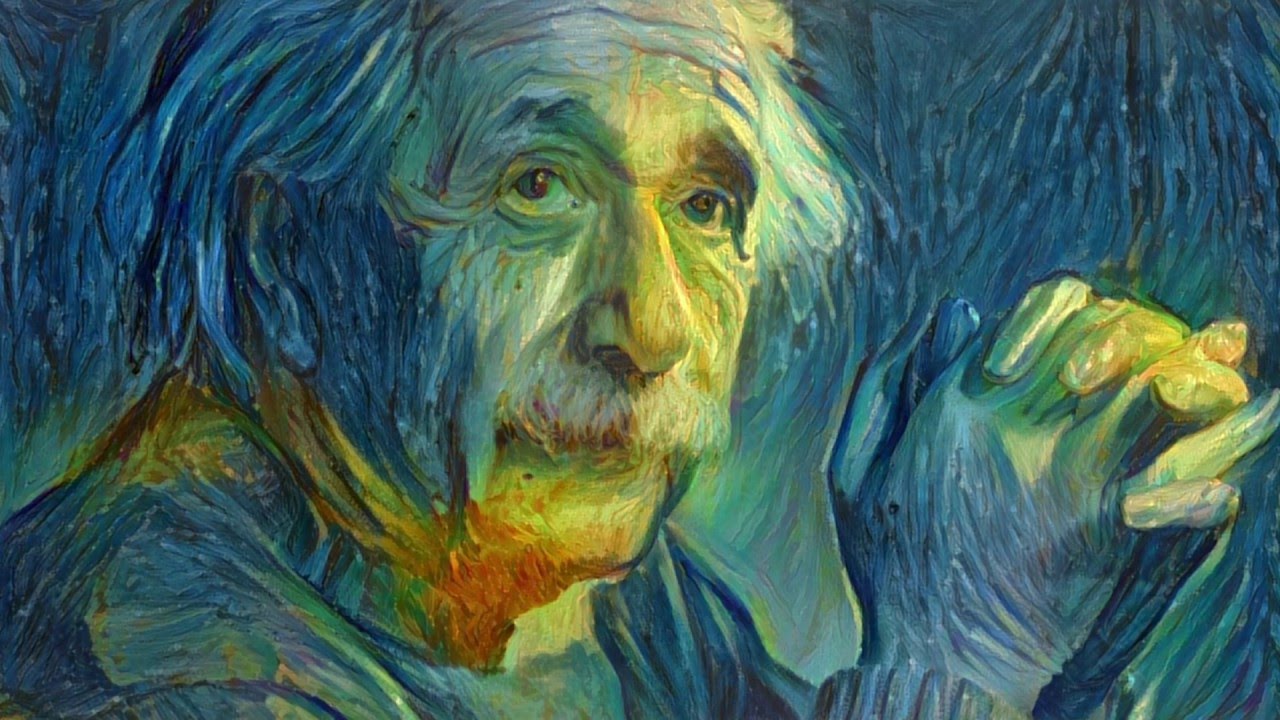
Deepfake systems, or deep art, are a revolutionary form of technology that uses artificial intelligence to produce hyper-realistic videos and images by swapping faces or modifying content in such a way that it seems seamless and authentic.
These tools have become famous for their ability to alter visual material with uncanny accuracy, which has led many people to worry about possible misuse. An important feature of deep art lies in its capacity to blend reality with fiction, thereby questioning the very idea of truthfulness in media.
With the continuous improvement and increased complexity of these algorithms, it becomes harder to tell what is genuine from what has been generated artificially. This has triggered discussions on ethics surrounding use cases like creating political propaganda through deepfake generators and spreading disinformation campaigns.
However controversial they may be considered, there are still positive sides to deepfakes; for instance, in entertainment or film production, where they can help achieve mind-blowing special effects or resurrect historical figures visually.
As we go deeper into the realm of digital manipulation never seen before, we must appreciate all aspects brought forth by this technology, both good and bad, thus shaping our destiny in the media landscape affected by deepfake generators.
Conclusion
The advent of AI deepfake generators marks a paradigm shift in digital content creation. People can now easily manipulate or fabricate videos that appear real due to the proliferation of free software programs designed for this purpose. Nevertheless, there are ethical questions surrounding privacy infringement, disinformation dissemination, and possible malicious use brought about by such advancements in technology. With the ongoing development and increased availability of these applications, it becomes important for individuals using them to be careful and responsible while doing so. Keep learning new things, stay watchful, but most importantly, employ these instruments correctly, thus upholding safety throughout online platforms, which should be reliable universally.
FAQs
Do these sites have free AI deepfake generators?
Yes, all the AI deepfake generators featured on our website are completely free to use.
Can I decide how realistic a generated deepfake is?
Yes, some of the AI deepfake generators available on our website allow users to customize settings that affect realism levels in the resulting videos.
Is it legal to use fake software to create false content?
The legality of using deepfake software to create fake content depends on jurisdiction. Familiarize yourself with the laws governing the creation and dissemination of counterfeit materials within your locality.
Can I remove watermarks from my created deepfakes?
While certain AI systems for fabricating images may apply watermarks to outputs by default, there are utilities capable of erasing them if necessary.
Do laws govern fake videos synthesized through AI technology?
Different regions have different views concerning the legality or illegality of synthetic video clips produced using artificial intelligence (AI) algorithms without permission; thus, what is legal may vary depending on where you live.
Are there any good uses for fake videos made with AI systems?
Despite being infamous for their misuse so far, there are positive aspects, including adding special effects to movies or improving dubbing quality for foreign films, among others, that can be achieved through this technique.
Is there any way I can delete my fakes once they are online?
Once released onto internet platforms such as websites or social media networks like Facebook, Twitter, etc., deleting files becomes virtually impossible; nevertheless, legal action may be taken against offenders who create or distribute fake videos with malicious intent.
How do I safeguard myself from falling prey to deep-fake schemes?
Lower your chances of becoming victimized by attacks involving false endorsements through cyberspace; avoid sharing private data on public forums; activate two-step verification across all online accounts; & exercise the utmost caution when dealing with unfamiliar digital sources.
What can people do to protect themselves from fake news and enhance their cybersecurity?
Incorporating solid security practices into your routine—using reliable antivirus software packages and keeping up-to-date with system patches and updates while staying abreast of new trends in the information technology (IT) field—will go a long way towards safeguarding individuals against emerging threats like those posed by AI-generated bogus imagery.

